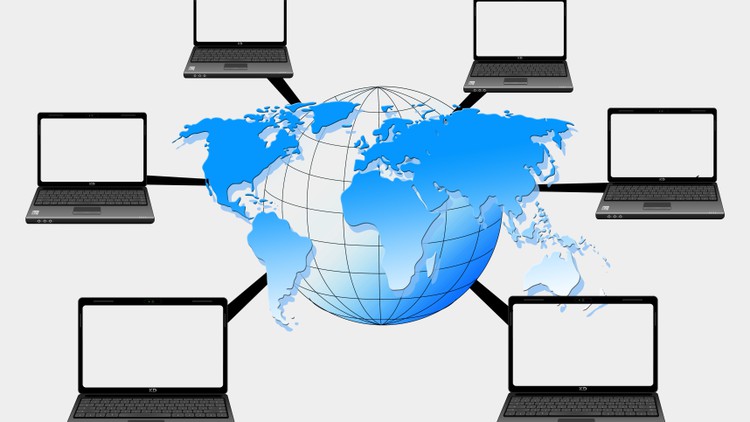Basics of Computer Networking and Fault finding – Free Udemy Courses
learn fundamentals of computer networks and design computer networks
What you’ll learn
Basics of Computer Networking and Fault finding – Free Udemy Courses
- Students will be able to design simple Computer networks and Troubleshoot Faults in Computer Networks
- Introduction to analysis and design of computer and communication networks through understanding the network layered architecture and the protocol stack and by conducting hands-on programming and practical lab activities.
Requirements
-
Must be Familiar with Basic Electronics and Data Communication.
Description
- Introduction to Computer Networks
• Understanding network architectures, protocol layers, and their service models.
• Principles of network applications: o Application layer protocols such as HTTP, FTP, and SMTP. o Peer-to-Peer File Sharing Protocols and Architectures. o ISPs and Domain name systems. o Socket API and network socket programming.
• Understanding reliable and unreliable transport-layer protocols: o GBN and SR. TCP and UDP. Port numbers. o Multiplexing and demultiplexing. o Flow control and congestion control. Fairness. o Delay, jitter, and loss in packet-switched networks. o Bandwidth, throughput, and quality-of-service. • Understanding network layer services and protocols. o Switching fabric: o Routing and forwarding. o Queues and buffering. o Virtual-circuit and datagram networks. o Internet protocol. IPv4 and IPv6. Tunneling. o LS and DV algorithms. o Routing on the Internet. RIP, OSPF, and BGP. o Broadcast and multicast. o Handling mobility.
• Understanding network layer services and protocols: o Link-layer and its services. o Ethernet, hubs, bridges, and switches. o Link-layer addressing. o Error-detection and error-correction. Parity, check-summing, CRC. o Manchester encoding. ATM and MPLS. o Local area networks and IEEE 802.11 wireless LANs. o Multiple-access protocols. Random access. o Efficiency of pure and slotted ALOHA. CSMA, CSMA/CD, and CSMA/CA.
• Introduction to physical-layer services and systems: o Introduction to physical media. o, Coax, fiber, twisted pair, DSL, HFC. o WiMax, cellular, satellite, and telephone networks. o Bit transmission. o Frequency division multiplexing. Time division multiplexig.
Who this course is for:
- Engineering students with some background in electronics










